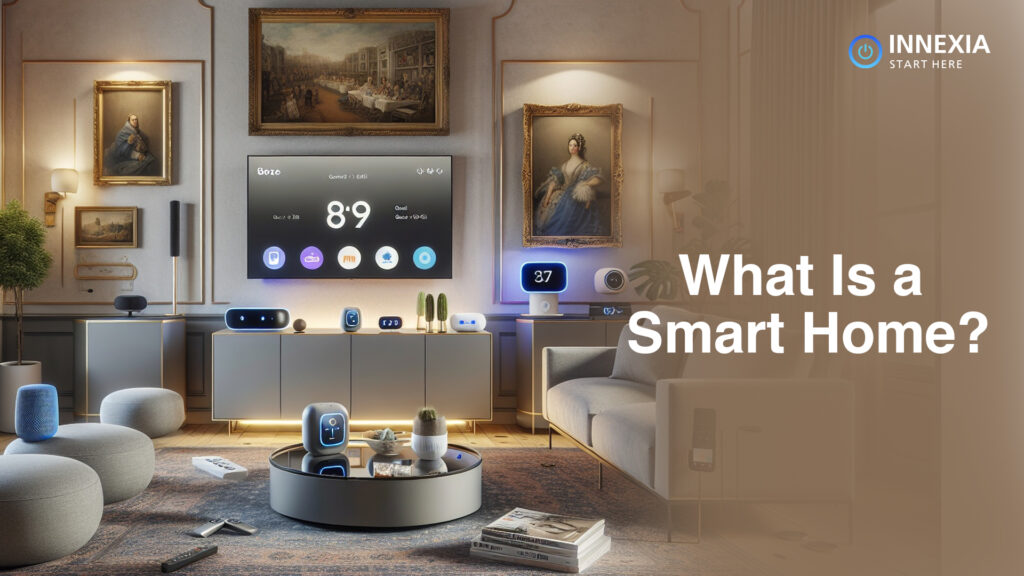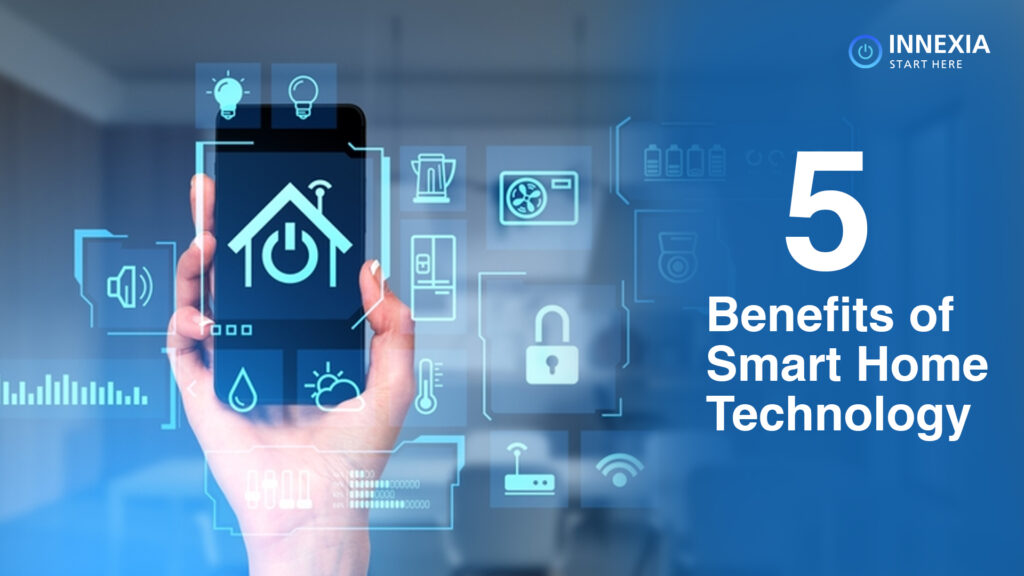Smart home technology is becoming increasingly popular due to its convenience and security features. Whether using one device or an entire system, homeowners benefit from enhanced safety and control.
If you’re installing or upgrading, it’s smart to choose a trusted provider with solid industry connections. Let’s explore the key advantages of living in a smart home, from added security to improved efficiency.
What Is a Smart Home?

A smart home, or connected home, is equipped with devices and systems that can be remotely controlled or automated. These systems enhance comfort, convenience, security, and energy efficiency. Using the Internet of Things (IoT), residents manage devices via smartphones, tablets, or voice commands.
Smart homes offer better control over daily functions, improve safety, and optimize energy use. Families with children, elderly members, or pets can especially benefit from this technology, enhancing both security and overall quality of life.
5 Benefits of Smart Home Technology

1. Enhanced security
Automation has transformed homes, offering convenience, entertainment, and improved communication. One key benefit of smart home technology is enhanced security. Features like cameras, alarms, automated locks, and motion sensors provide added protection.
You can control these systems through your smartphone, giving you peace of mind whether you’re home or away. If an unauthorized entry occurs, the system alerts both you and the authorities instantly. Additionally, home automation improves energy efficiency, allowing you to manage your home remotely and effectively. Enjoy a smarter, safer, and more efficient living environment.
2. Remote Monitoring & Check-Ins
With Smart Home Technology for Seniors, real-time monitoring becomes simple through any mobile device. This feature allows check-ins on your home’s safety, protecting loved ones from threats like burglars, fire, or carbon monoxide, offering peace of mind.
3. Improved Energy Efficiency
Automating your home boosts energy efficiency. Smart thermostats adjust temperatures based on the time of day, while automatic blinds block sunlight to reduce HVAC use. Lights with motion sensors turn on as you enter and off when you leave, conserving energy. With smart home technology, sustainable living becomes easier, and more homes are incorporating features like smart blinds.
4. Customized Preferences & Settings
Smart devices adapt to your unique needs. A smart thermostat adjusts based on weather conditions, keeping your home comfortable. You can also set “rules” for automated tasks, like turning on lights or music when you arrive.
5. Peace of Mind
Smart homes offer peace of mind, especially for families with elderly or children. Advanced security systems allow homeowners to monitor their property remotely and receive instant alerts. Geofencing notifications ensure you’re informed when loved ones enter or leave designated areas, keeping you connected and secure.
Components of a Smart Home
A smart home includes several key elements working together for comfort and efficiency.
- Smart devices and appliances: These include adaptive lighting, smart thermostats, and fridges that reorder groceries. They’re energy-efficient and customizable.
- Home automation systems: They connect and control smart devices, managing daily routines or security protocols.
- Sensors: Motion, temperature, and smoke detectors enhance safety and convenience.
- Smart hubs and controllers: These centralize control, letting you manage your home from one device.
- Smart security systems: Smart locks, cameras, and alarms keep your home secure.
Together, these components create a seamless, efficient home environment.
Conclusion
Innexia, a leading Home Automation Company in Ahmedabad, provides innovative solutions that transform everyday living. With advanced smart technologies, we enhance comfort, security, and energy efficiency in homes. Whether you’re looking for seamless control of your lighting, security, or entertainment systems, Innexia’s customized solutions bring convenience to your fingertips, making your lifestyle smarter and more connected.
Experience the future of living with our cutting-edge automation services designed to meet your unique needs.
FAQs
1. What is a smart home?
A smart home, or connected home, is a residence equipped with devices and systems that can be controlled remotely or automated. These devices enhance the comfort, convenience, security, and energy efficiency of your living space. They are interconnected through the Internet of Things (IoT), allowing residents to monitor and manage their homes via smartphones, tablets, or voice commands.
2. How does smart home technology work?
Smart home technology operates through a network of interconnected devices that communicate with each other and can be controlled remotely. Each device is typically connected to a central hub or directly to your Wi-Fi network. This allows you to use a mobile app or voice assistant to manage devices such as lights, thermostats, security systems, and appliances from anywhere in the world.
3. Do I need a central hub for my smart home devices?
A central hub is not mandatory, but it can enhance the functionality of your smart home. Hubs allow for better integration of different devices, particularly those from various manufacturers. They provide a single interface to manage all devices and can create more complex automation routines. However, many smart devices can connect directly to your Wi-Fi network and be controlled via their specific apps.

